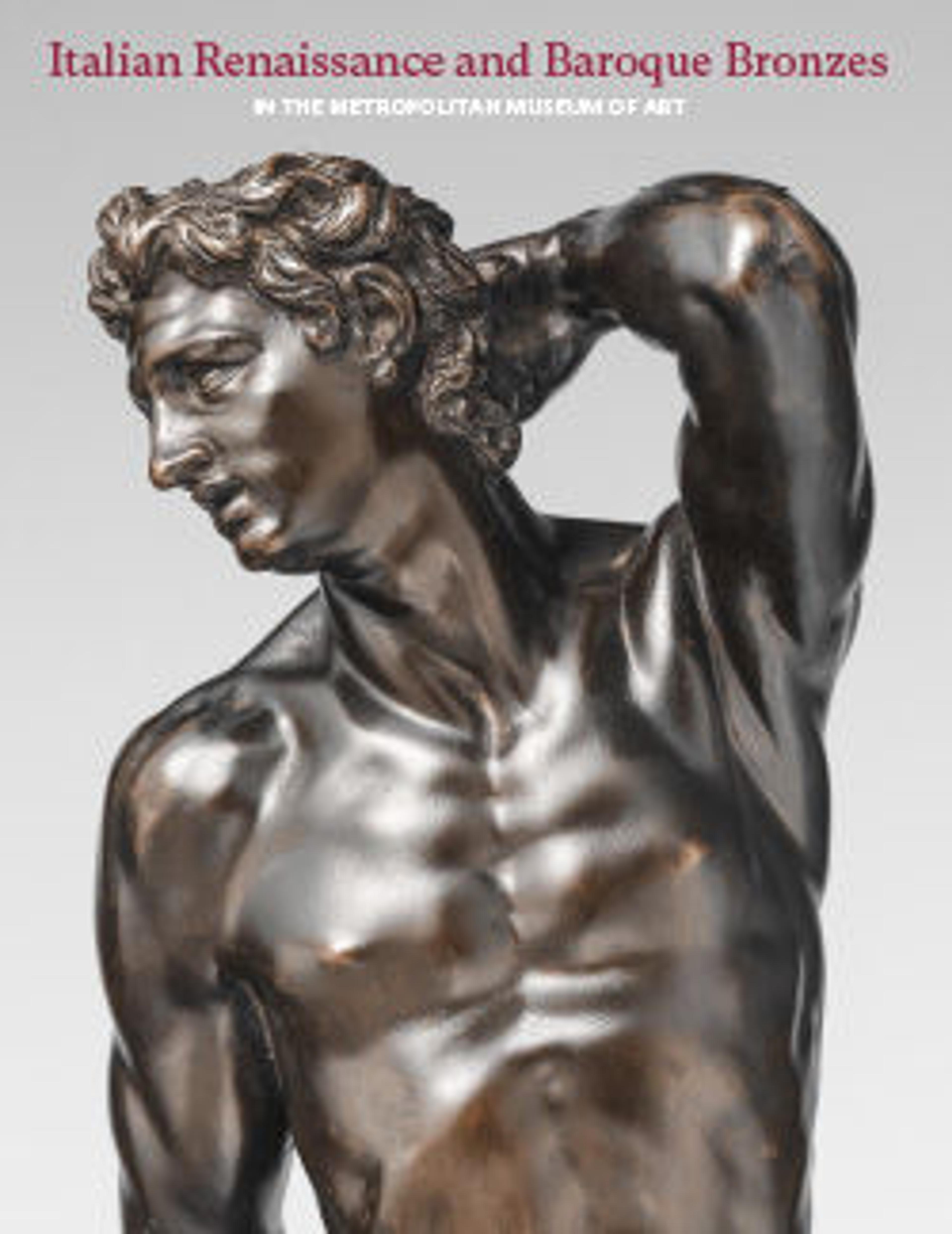Seated satyr with a shell
The object in the satyr’s left hand, possibly s moneybag, is of later facture. Otherwise, the bronze is unusually crisply chased and an altogether superior product of the Riccio workshop. Its details, especially the hair, are more incisive than those of the seated satyr with inkwell, shell, and candlestick in the Frick Collection, New York, which bears the arms of the Paduan Capodivacca family, and much more so than related bronzes in Berlin-Dahlem and in the Louvre. A good variant was in the Chichester-Constable collection. Although the alert poses greatly resemble each other, notably in the gracile grossing of the hooves, it is worth stressing that the composition of each member of this group was completely reworked, as was standard practice in the Riccio workshop.
Artwork Details
- Title: Seated satyr with a shell
- Artist: Workshop of Andrea Briosco, called Riccio (Italian, Trent 1470–1532 Padua)
- Date: after 1600
- Culture: Italian
- Medium: Bronze
- Dimensions: Overall (confirmed): 8 1/4 × 4 5/8 × 6 1/2 in. (21 × 11.7 × 16.5 cm)
- Classification: Sculpture-Bronze
- Credit Line: The Jack and Belle Linsky Collection, 1982
- Object Number: 1982.60.114
- Curatorial Department: European Sculpture and Decorative Arts
More Artwork
Research Resources
The Met provides unparalleled resources for research and welcomes an international community of students and scholars. The Met's Open Access API is where creators and researchers can connect to the The Met collection. Open Access data and public domain images are available for unrestricted commercial and noncommercial use without permission or fee.
To request images under copyright and other restrictions, please use this Image Request form.
Feedback
We continue to research and examine historical and cultural context for objects in The Met collection. If you have comments or questions about this object record, please contact us using the form below. The Museum looks forward to receiving your comments.
